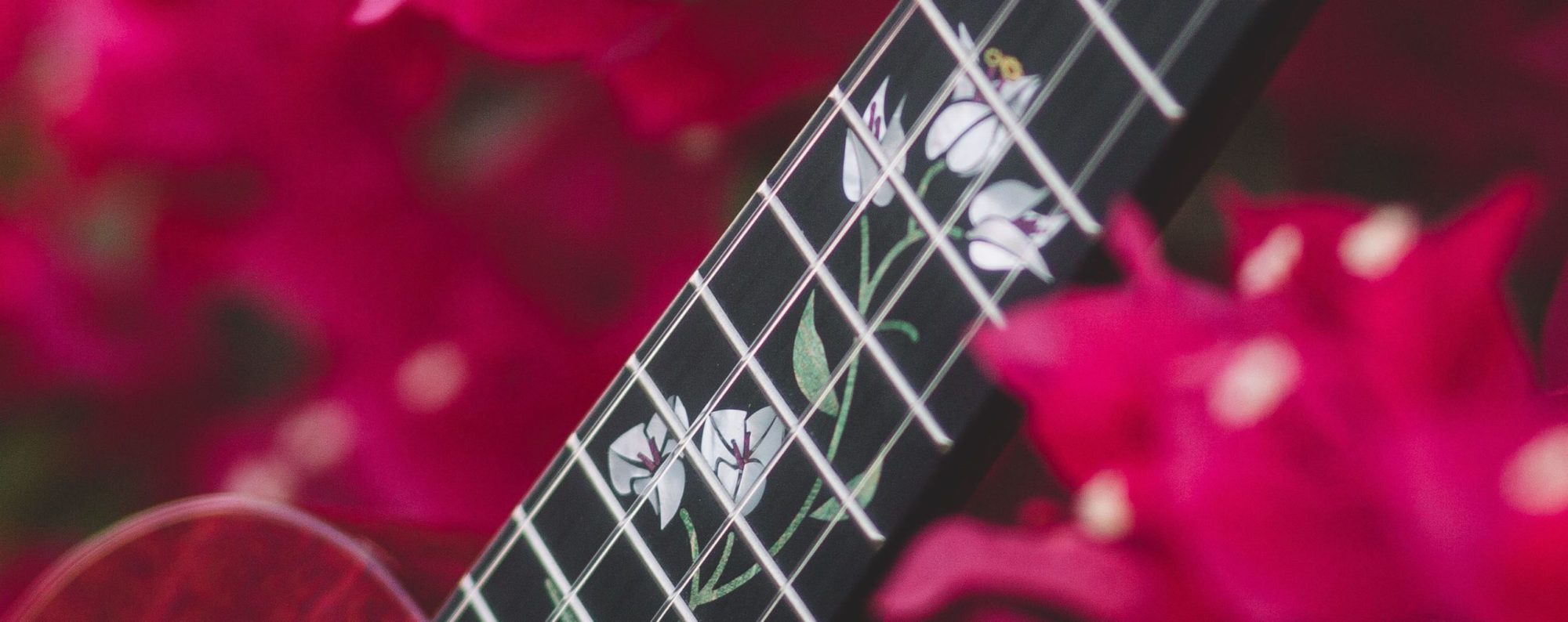Here is the digitial version of our 3rd issue
Ukelandia FAQ
Here are the issues of our magazine
Issue #1
Issue #2
Issue #3
Issue #4
Issue #5
Issue #6
Contributors and ads.
If you like to contribute or see your ads in our magazine, get in contact with us…
Here are our contributors so far:


Newsletter
Newsletter signup + free download!
You will receive a beautiful ukulele coloring page when you sign up for our newsletter. Make sure to check your spam folder just in case 😉
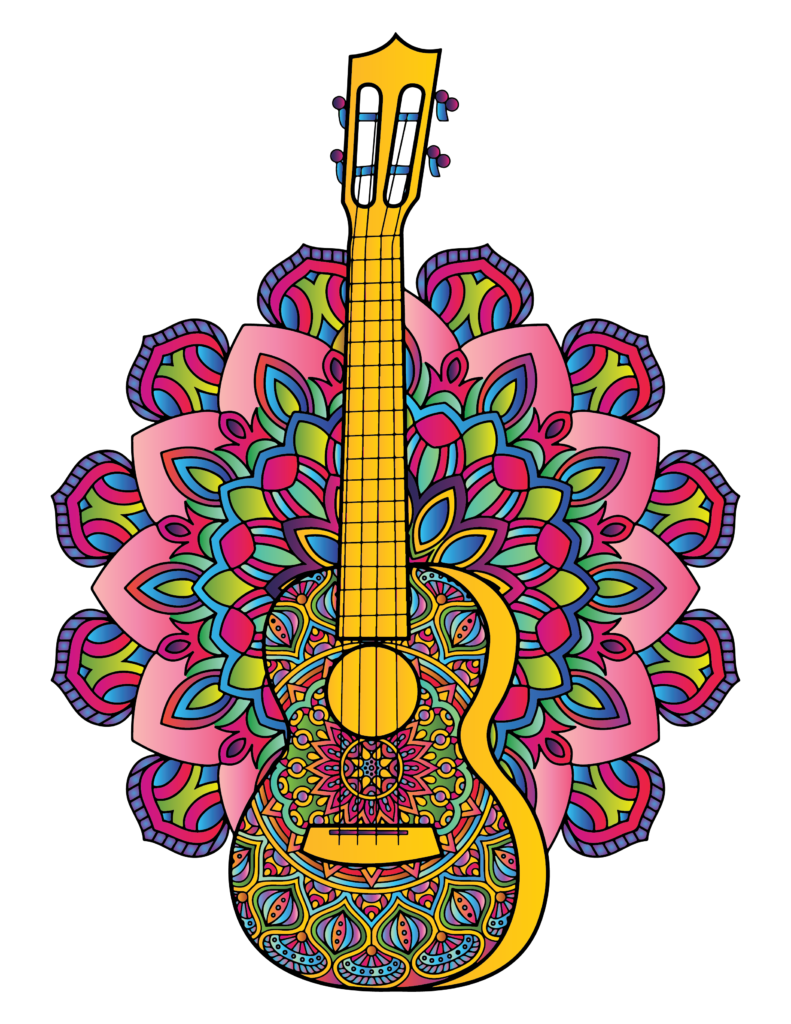
About
Welcome to Ukelandia Magazine!
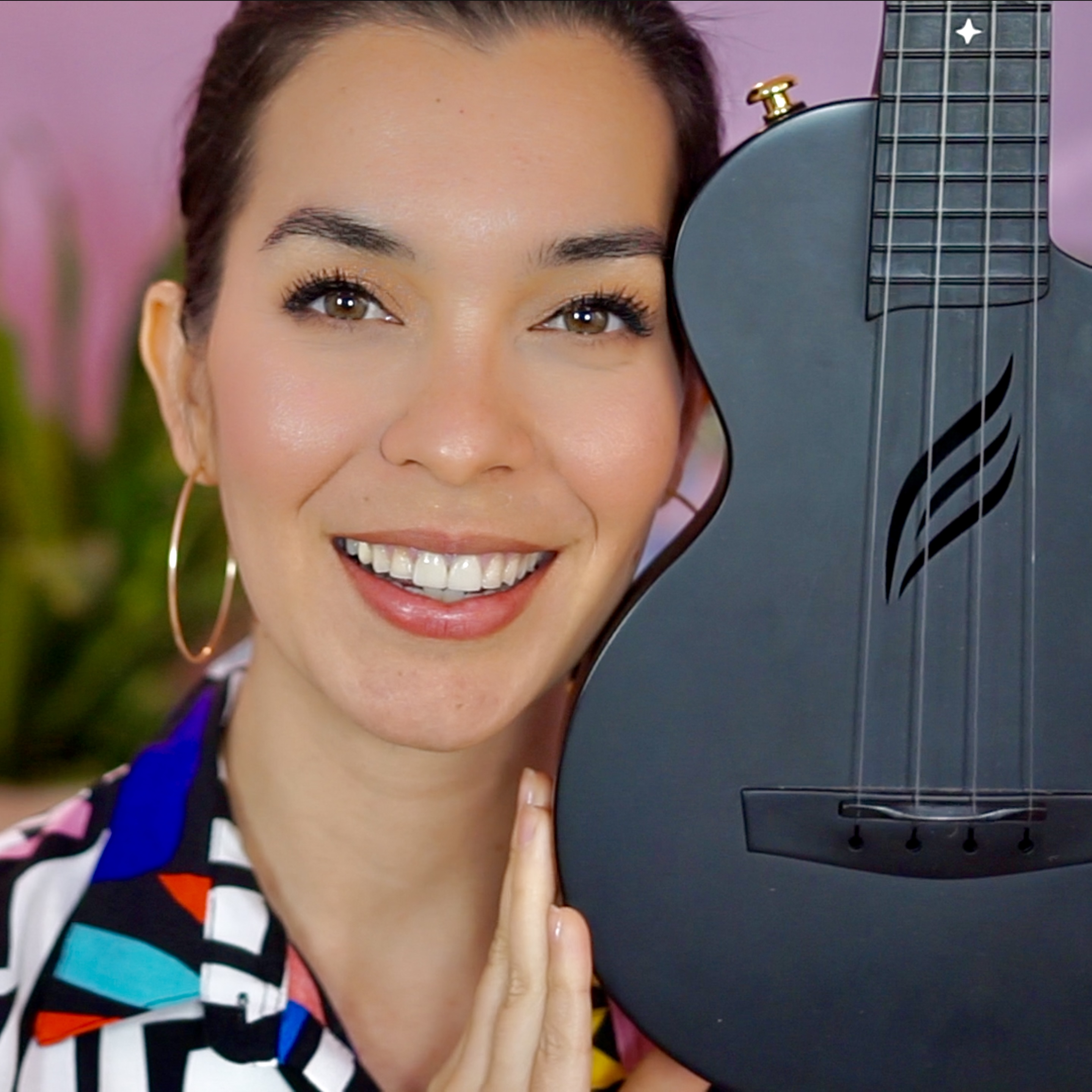
Do you ever spend time alone? I don’t mean the type of “alone” where you’re on your phone browsing through social media or listening to music, a podcast, or WhatsApp voice messages.
The type of alone time I’m referring to is the kind that allows you to hear the sound of your own thoughts.
This alone time is what brought you and I here today. I was taking my morning walk when all of a sudden I heard the word “magazine” in my head and my whole body tingled with excitement.
Alone time is what brought you and I here today
A few days later I was leading a live ukulele lesson on YouTube when Chiara, a member of our community, asked if I had any secrets. She asked this because it is common knowledge in our community that I can’t keep a secret.
I shared with the people watching the livestream that I wanted to start a magazine but had no idea how to do it. While discussing the idea there, we all decided that we would work together on the magazine.
The name “Ukelandia” came from my friend, Maria. Sometime in 2018 Maria created a group chat that was made up of ukulele players that had somehow connected through my channel community.

I liked the name “Ukelandia” and asked Maria if I could use it to create a Facebook group. Maria agreed and the rest is history.
This magazine was not made by me. The Ukelandia community came together to bring you this magazine.
The Ukelandia community came together to bring you this magazine
People from different ages and places came together to design our magazine, create our logo, write and edit articles, setup the website, organize meetings, gather stories, and more.
We have created this magazine for you. We hope that you enjoy our stories, learn from our educational segments, try our DIYs, and even join in and help us create future issues of the magazine.
These are the people, who work on the magazine for you (starring in alphabetical order):

Abhay is a writer of poems/songs at Ukelandia under the pen-name “Papillon.”
He has been writing scientific articles for 15 years and he took to creative
writing only recently. When not writing, Abhay likes to spend time gardening,
birdwatching, traveling, and taking photographs. His favorite activity is Fall leafpeeping,and when in Colorado taking in the great outdoors. His favorite
ukulele is his Leolani RS. Leolani in Hawaiian language means “Heavenly Voice”
and he says his uke sounds just like that!

Amanda and Bethany are long-distance pals from opposing corners of the
United States. They bonded on Instagram over a shared love of all of the
joys that the ukulele has to offer. They teamed up to create Ukulele After
Dark, a quirky series focused on sharing their joy for the ukulele with others
and teaching the tips, tricks, and tools to keep the spark alive in your ukulele
playing.
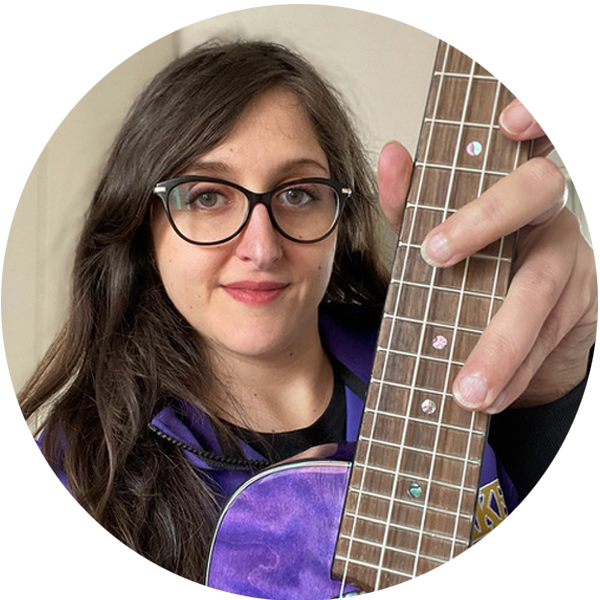
Andżela is the masterpiece of the expression “Jack of all trades and Master of
none.” Actually, mastering her life would already be a great achievement! She
has been an ONG volunteer, a videogames tester, an e-commerce tester, a
photographer and a writer, to name a few. She has lived in mutiple countries
doing various jobs. She has backpacked trying to find herself and the meaning
of life. She says she’s still on the path, and it’s already a joy to know that she’s
not alone. She hopes that the whole Ukelandia community will meet together
one day and the day it happens, you can safely bet that she’s going to cook
pasta for everyone!

Bernadette is a mommy, wife and YouTuber living in Imperial Valley, California.
Bernadette started her music education YouTube channel while living and working abroad in Okinawa, Japan.

Chiara is a 24-year-old ukulele player from Belgium who has been
playing the instrument for about 2.5 years now. She also supports Bernadette
and the Uke Family through social media by supporting everyone who needs
help. She’s a dedicated and fierce Moderator for Bernadette on YouTube,
Instagram, and Telegram.
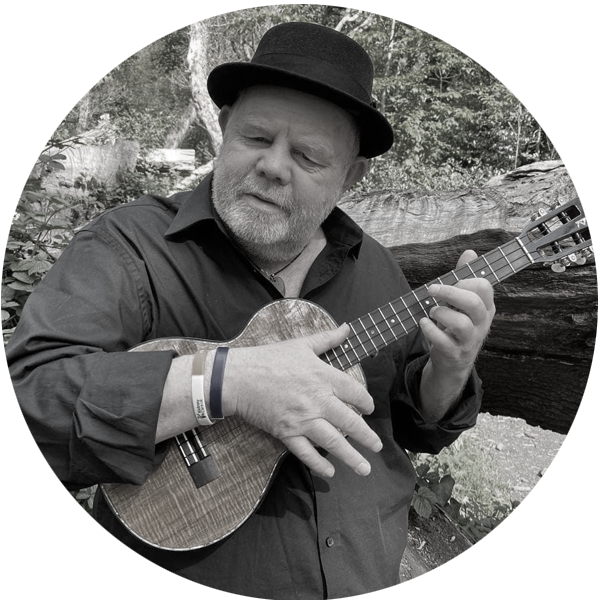
Dave Thorpe has had a long musical career as a teacher, performer, writer,
recording artist, and qualified senior music therapist for the Nordoff Robbins
Music Therapy Charity. Based in London, the very best Wembley Stadium,
Dave was a huge fan of tenor ukes – particularly aNueNues and Kamakas.

Drishya is a ukulele player from India and has been playing for over
1.5 years now. She learned from Bernadette Teaches Music on YouTube
and loves being a part of the ukulele community.
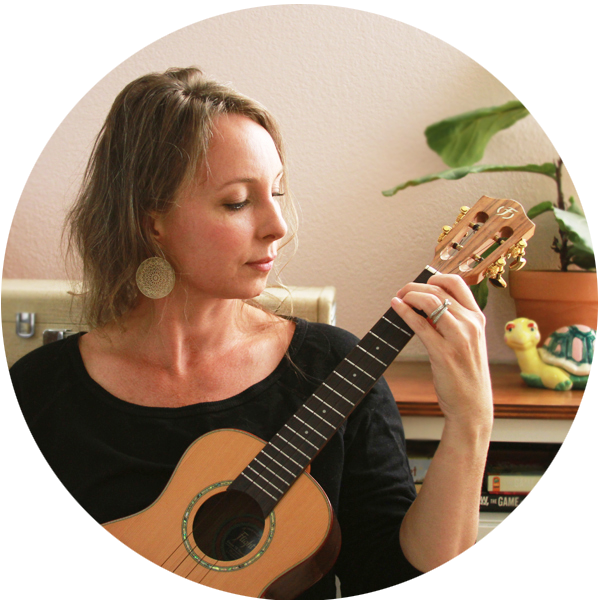
Jennifer loves creating and building, she spends most of her time with family.
Her hobbies include building furniture, decorating and design, painting, gardening, board games and of course the ukulele.
She has played the ukulele for 12 years on and off and was saved from boredom by Bernadette’s Ukulele Lockdown.
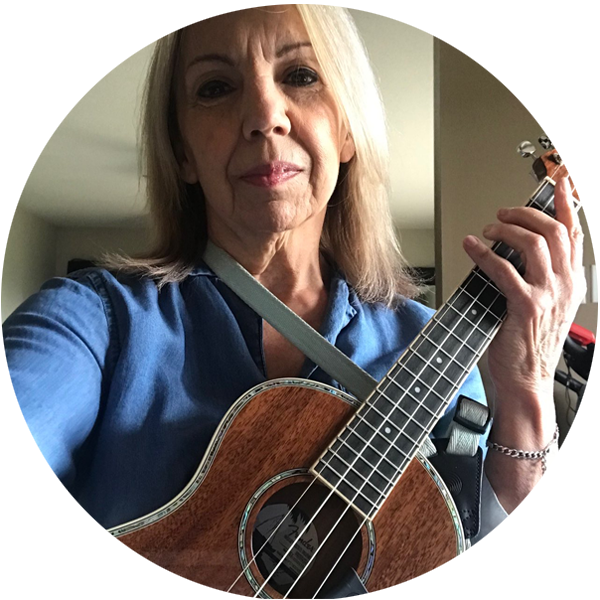
Madeleine is a mother of two, a grandmother, and a recently retired
professional who has dabbled in the arts most of her life. She has done
lampworking, stained glass art, painting, design, and now her latest passion is
the “Ukulele”.

Mati 🦄 (Matilde) is a lawyer from Argentina who loves music and landscapes.
She likes to travel a lot, but in the pandemic time she couldn’t do that so, she decided to learn the uke. The music, Bernadette and the Ukelele Lockdown Season 2020 changed and saved her life forever.
Now she has more music and more friends, thanks to the uke!

Michal (22) is a student of Neuropsychology and Cognitive Neuroscience from
Poland, who recently started working in recruitment. Outside of his studies,
he’s passionate about music, people, travel and hiking. Although he usually
listens to heavy (not exactly ukulele-friendly) music, he’s always been drawn to
instruments and wanted to find a hobby that would help him fight stress and
one he could enjoy whenever he feels overwhelmed. His ukulele journey
began kind of on an impulse, only about 6 months ago, but so far it seems like
the perfect fit. Next order of business – buying a second uke!

Monica is an artist who lives in Canada. She writes,
draws, paints, does pyrography and wood sculpting and loves
to carve antlers. She listens to crime podcasts while working
except when playing her ukuleles.

Nadia is a specialized clinical chemistry analyst from the Netherlands.
Started playing ukulele in November 2020 and now helps editing articles for the magazine.

Peewee is a part-time dentist, full-time daydreamer. Loves to get her hands dirty making stuff from scratch. Always cooking up new ideas and seeking new adventures. She enjoys playing the uke as should all right thinking people and she claims she always wears pants!
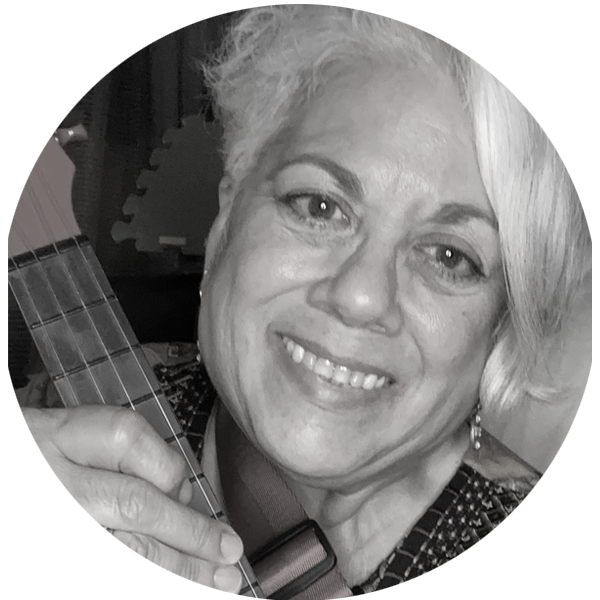
Peg was a wife to a wonderful man since 47 years, and a
Mom to two exceptional ladies. She was a retired educator (who really retires?)
and just a kid at heart! She started learning the ukulele on January 6, 2021
cause she says one never really stops learning throughout life!

Peter lives in Holland and recently became a doctor. So he told all his friends not to eat apples everyday, because that keeps doctors away and he likes his friends. He took his own doctor’s advice to find relaxation in playing the ukulele.
But almost a year and a lot of videos later he still needs to learn his first song.
That didn’t stop him from helping with coordinating and creating a magazine all about the ukulele.

Phyllis was born into a musical family in the northern part of South Carolina,
USA. The first instrument she owned was a tobacco Harmony guitar that her
Mom ordered from Sears and Roebuck! Phyllis is a retired high school
computer teacher and IT administrator. She is involved in 3 vocal groups –
church choir, Renaissance (mixed quartet), and ‘We Three’ (vocals, guitar, and uke). ‘We Three’ have a CD out called “Christmas Blessings”.

Saiyara is a music lover from Bangladesh. She has been playing the uke for 3+
years now and enjoys trying out different chord melodies. She is a proud bird
mom too! Professionally, she is a business analyst, so most of the time when
she is not playing the uke, her life is dominated by rows and columns.
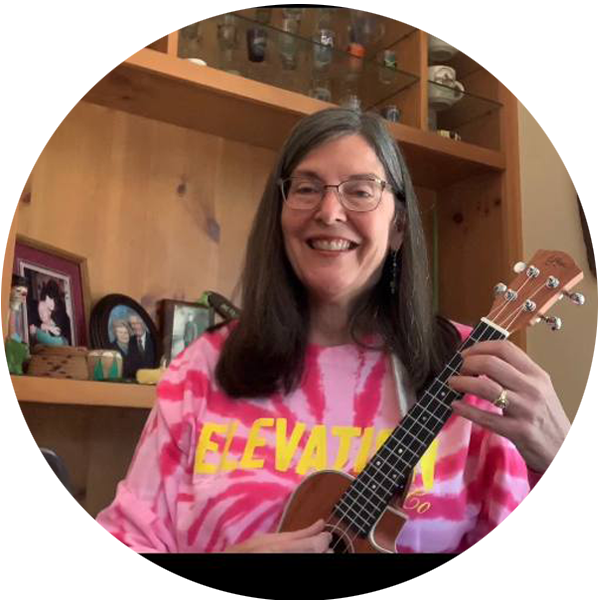
Shelly lives in Albuquerque, New Mexico, USA, with her patient husband, Rick, and their handsome cat, Tenuto. She’s a recently retired choir teacher who is grateful to Bernadette for sharing the joy of ukuleles and her special Ukelandia brand of ukulele love with her and with the world.

Stefan lives in Nothern Germany right between the Northern and the Baltic Sea.
He grabbed the Uke in the beginning of 2020, found Bernadetes Lockdown
Livestreams in that same year and the rest is history.
Besides the Ukulele (especially the Tenor Uke’s), he likes board games and is a great Star Wars “Nerd”.
Contact Us

